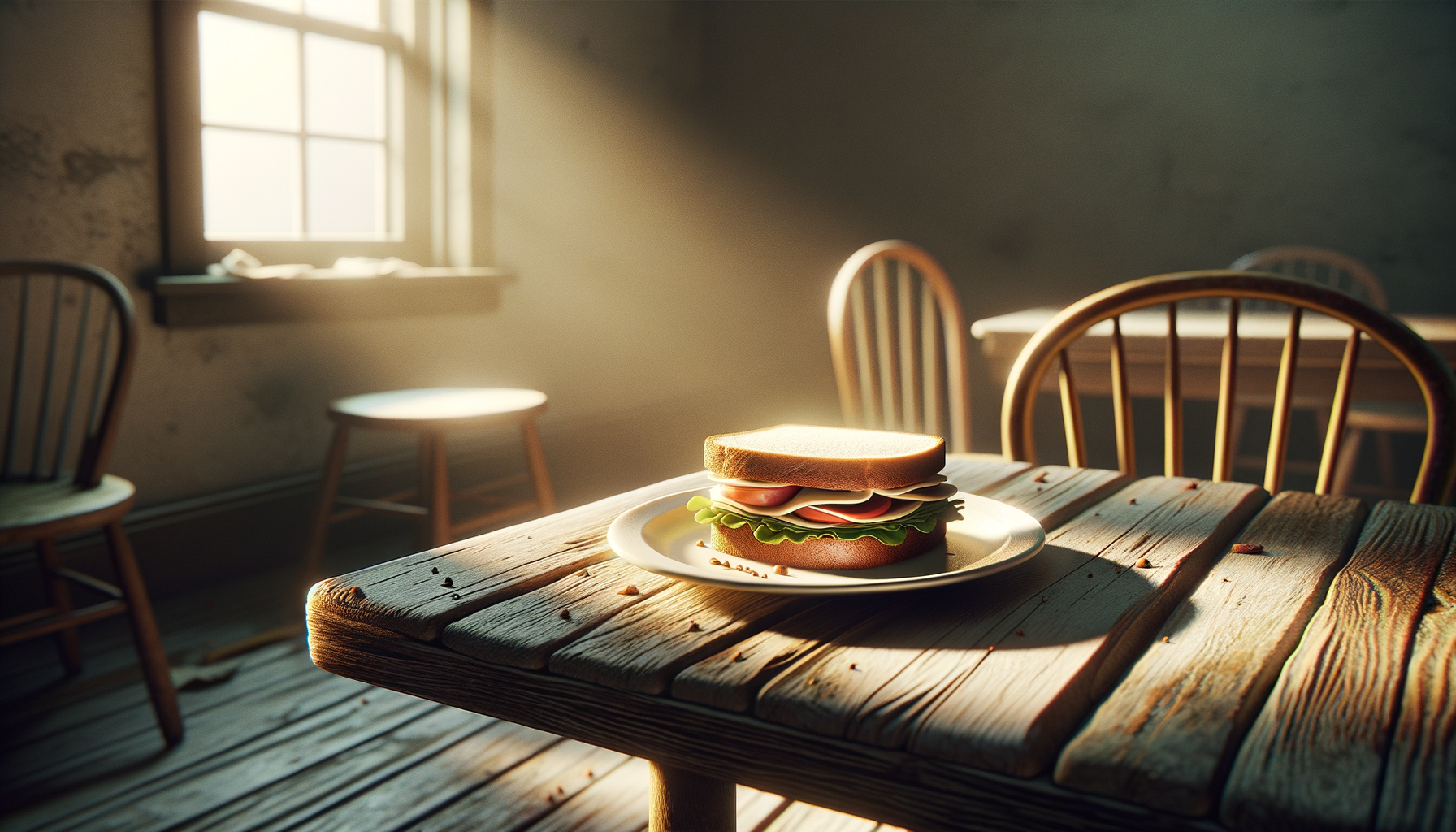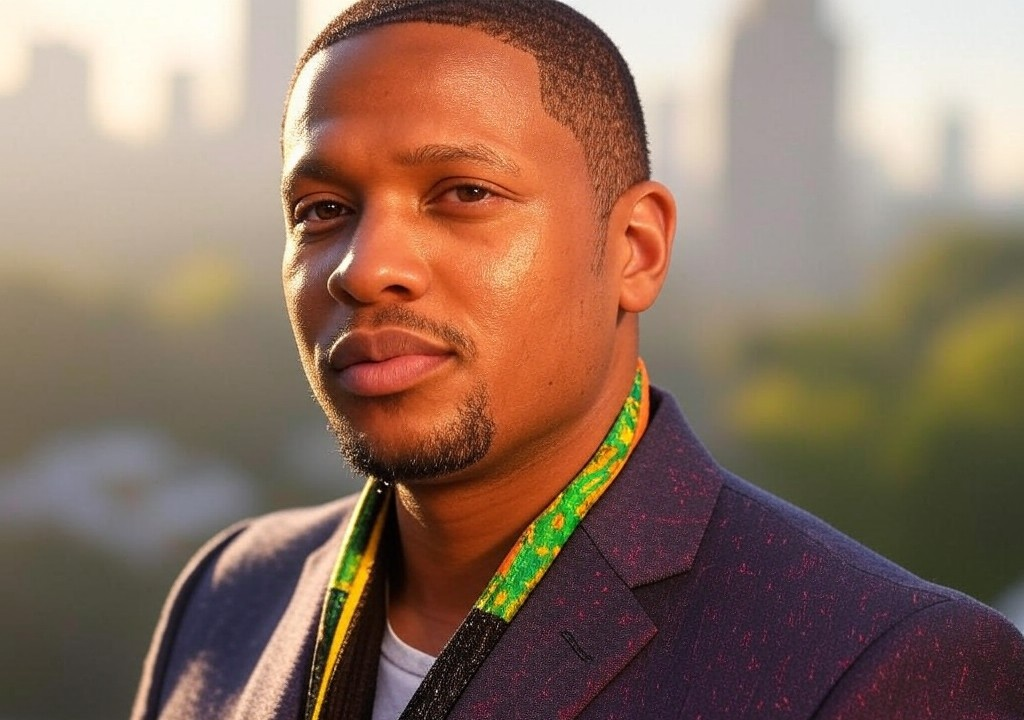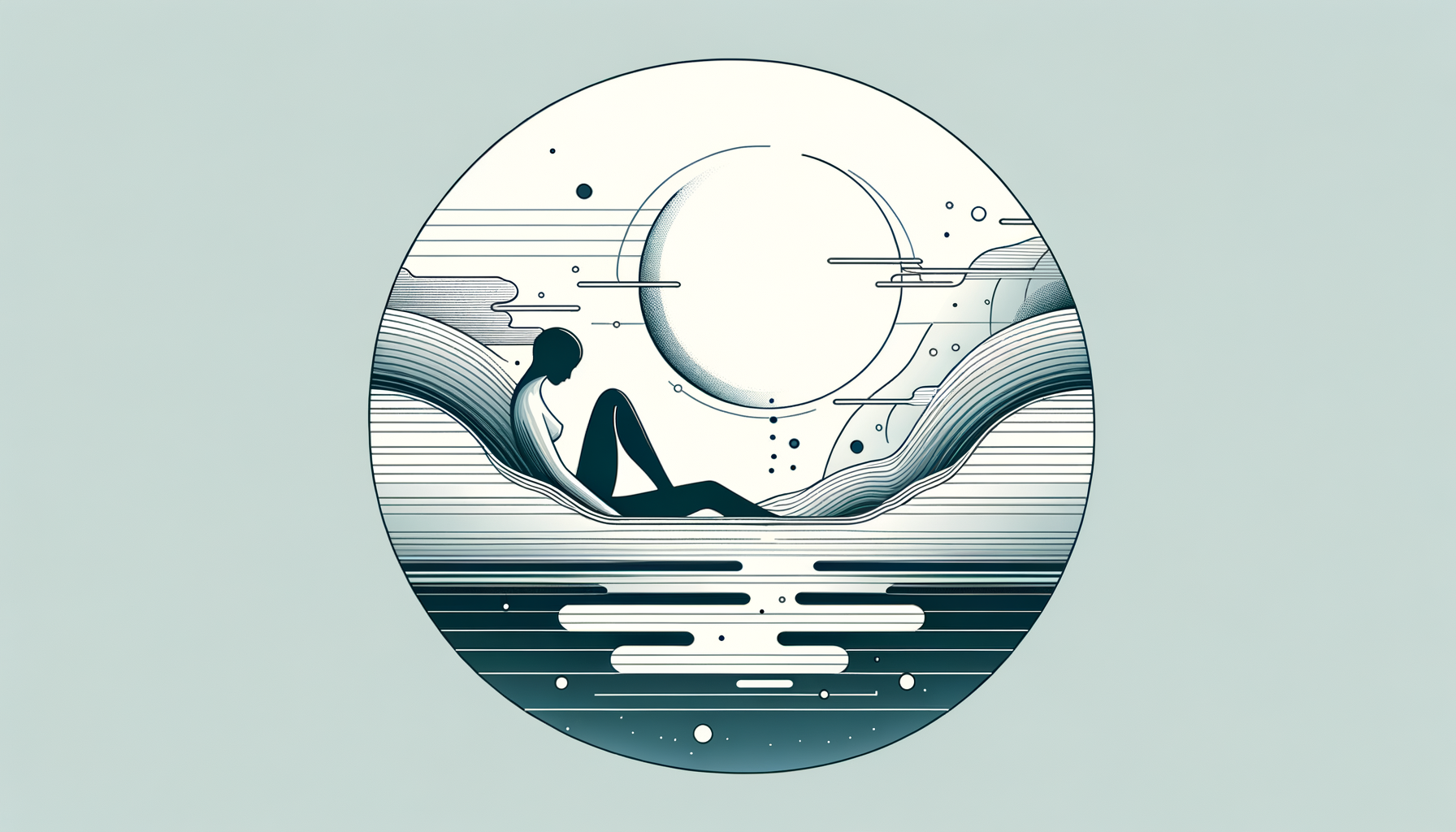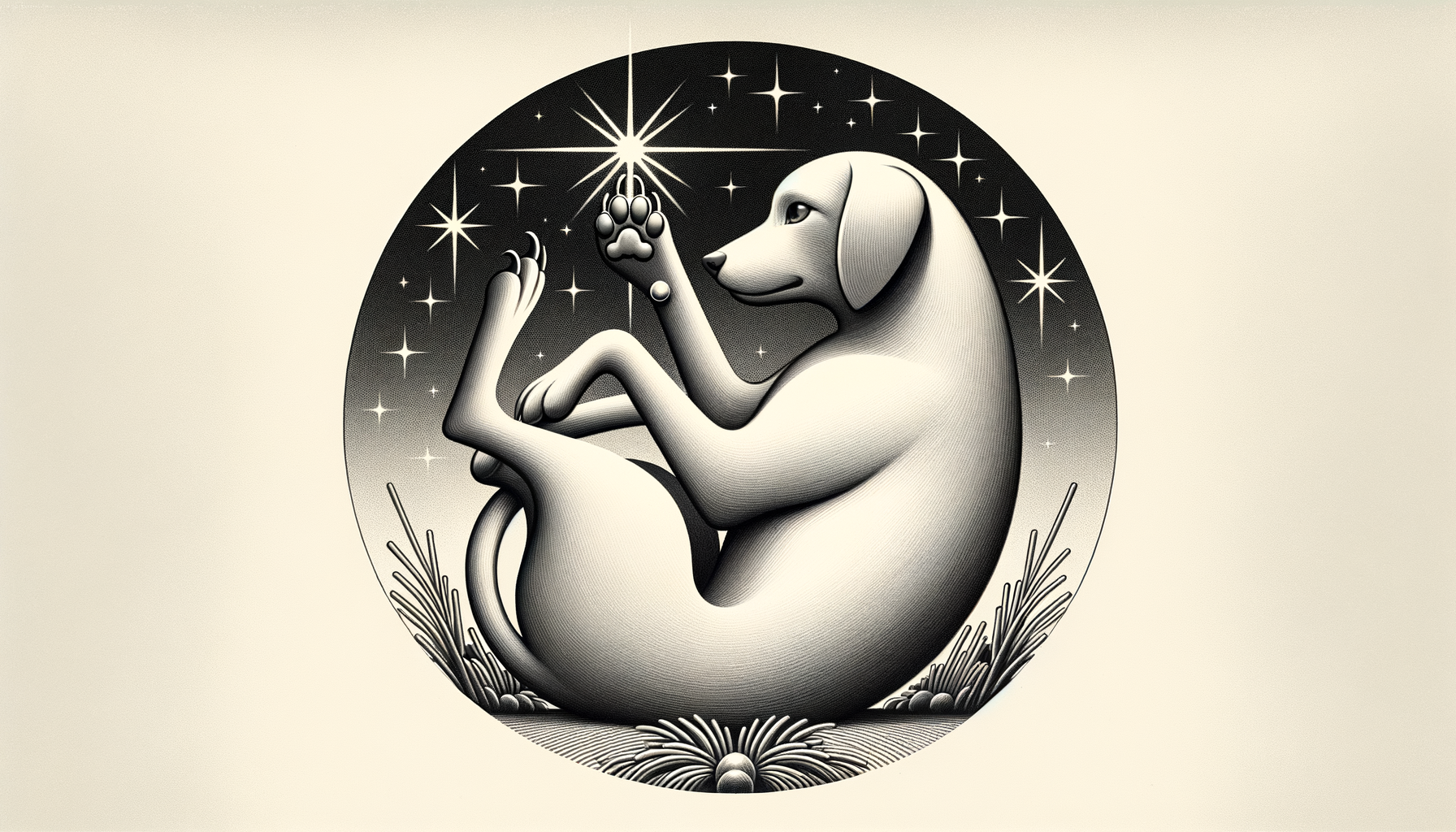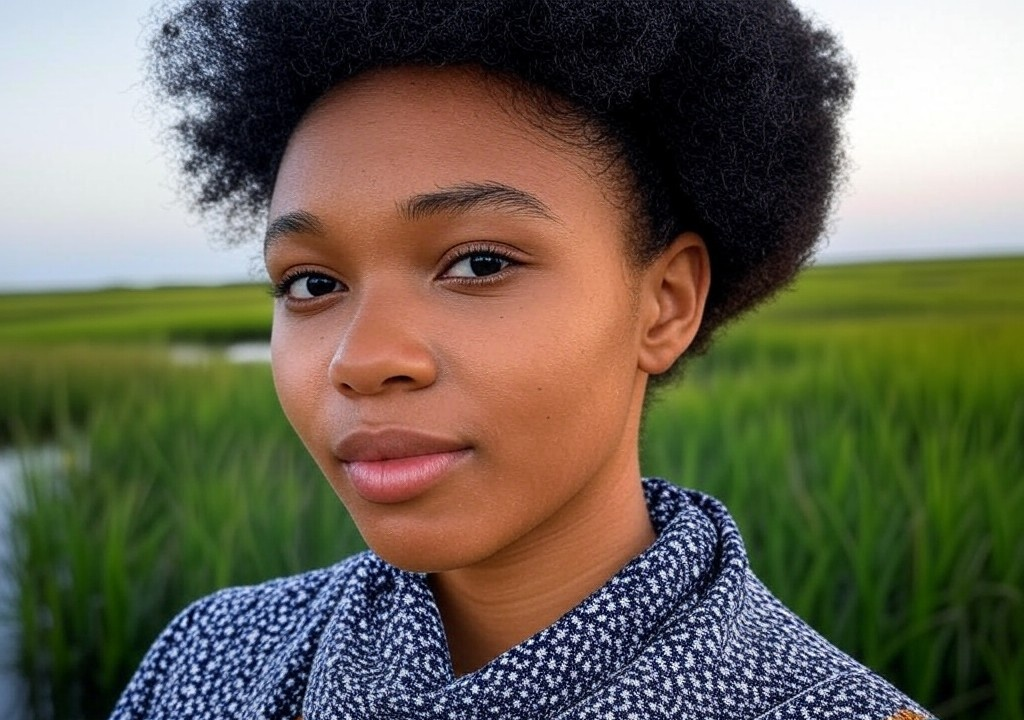It started with an email. Not the thrilling “you’ve won a free trip to Bali” kind of email (though wouldn’t we all like one of those?) but a quiet, unassuming one from an editor at a local lit magazine. I almost deleted it without reading—sandwiched as it was between a subscription offer for frozen smoothie packs and an invoice reminder from my dentist. But the subject line caught my eye: “Submission Acceptance.”
Wait. What?
It might as well have read: “Hey, remember that thing you wrote and sent us on a whim, unsure if it was good or garbage? Surprise—it’s good enough for ink!” As I read the email, heart hammering against my ribs, I had two simultaneous reactions: 1) sheer, unadulterated joy, and 2) vague terror. Joy, because it meant something I wrote belonged in the world. Terror, because now people would actually read it. People who were not my mom or my Creative Writing 101 classmates (shoutout to the guy who only ever wrote about werewolves).
Let’s rewind a bit.
The Spark That Ignited It All
The piece in question was a short story I’d written in my final year of undergrad, drenched in the flavors of home. It was about a family running a neighborhood café in a rainy coastal city—not exactly groundbreaking by way of storylines, but deeply personal. Every cup of coffee served in that fictional café was inspired by one I’d poured at my parents’ bustling Kitsilano spot. The characters were patchworks of the regulars who became friends and the strangers who told secrets over lattés they didn’t think twice about.
I remember sitting in my tiny studio apartment, drafting that story while staring at a cheap IKEA lamp and a view of slanted gray rooftops. I had the brilliant idea to set it during a rare Vancouver snowstorm because—fun fact—everything in the city grinds to a halt when it snows, and I thought that made for great dramatic tension. Picture an aunt berating her millennial nephew in Cantonese while everyone’s snowed in. Chaos! Tenderness! Comedy!
The spark for the story was, in hindsight, kind of like falling in love for the first time. It felt natural, heady, and a little irrational. And like all good things, it came with nerves. You're excited to share your shiny new feelings with the world but also petrified that they’ll be laughed at, ignored, or—worst of all—deemed unremarkable.
Hitting "Send"
Deciding to submit it to a magazine was sort of like texting a crush for the first time. (You know the one: five-second decision, five straight days of spiraling over whether it came off cute or weird.) My best friend, who’d been my editor, life coach, and hype-woman all through university, had shoved me to the ledge. “You wrote it. NOW SEND IT,” she’d said. This was followed by a threat to lock me out of our Netflix account unless I hit submit. What can I say? Nothing motivates like the prospect of missing an episode of The Great British Bake Off.
So I sent it. Then promptly forgot about it—or at least, I tried to. Because waiting to hear back from a publication is like waiting for bread to rise. It’s slow, nerve-wracking, and even when no one is looking, you’ll swear it’s not happening fast enough.
Truthfully, I had all but written off ever getting a response by the time that life-changing email showed up. In my head, this was just another instance where the dough (or in this case, my ego) remained flat despite my best efforts. It’s not that I doubted the story had merit—it’s that rejection is so baked into the process of writing that I had already prepped myself for it. Over-prepped, actually. I had a pint of rocky road at the ready and a sad playlist queued up just in case. Yes, I am nothing if not dramatic.
From Ink to Print, and That Awkward Middle Bit
The story went live three weeks later. When I say “live,” I mean “it was wedged between an essay on sustainable sock manufacturing and a poem about clouds in the printed magazine.” Not exactly prime spotlight, but hey, we all start somewhere. My name was at the top, right below the title I’d agonized over for hours (because calling it “Untitled Draft #7” seemed counterproductive).
I also had a headshot in the contributor section. My roommate had photographed me standing in front of a particularly photogenic fern in our apartment. I remember looking at it in print and thinking, “Yep. I definitely look like I mooch off said fern for personality points.”
Holding that first byline in my hands was surreal and humbling in equal measure. I felt both incredibly proud and comically vulnerable. Knowing that strangers out there were reading my words—a little piece of me—was mildly terrifying but also thrilling. It was like showing up to a first date wearing your quirkiest socks and hoping the other person gets it.
Reflecting on the Impact
That first published work became the cornerstone of the writer I am today. Like the first time you say “I love you” in a relationship, it marked a turning point. Sure, I’ve published more since then—articles, poetry collections, even an entire book—but nothing will ever compare to the fizziness of that first moment.
It taught me that putting yourself out there is an act of courage. That you can’t wait for perfect conditions or perfect words—you just have to let it live, wonky edges and all. Writing, much like relationships, is about showing up as authentically as you can, trusting that your voice will find resonance.
A Few Nuggets of Wisdom for Your First “Moment”
Whether you’re a writer, an artist, or even just someone trying to navigate that scary-lovely step of sharing yourself with the world (or, let’s be honest, with just one person), here’s what I’ve learned:
- Don’t let perfection stop you. Your first anything—be it a byline, a first date, or the first pancake in a batch—is almost never perfect. But it doesn’t need to be. What matters is that you try.
- Quiet the inner critic. They’ll chime in with a million reasons why you’re not good enough, and all million are probably lies.
- Celebrate the milestone. Whether it lands you critical acclaim or crickets, that brave act of putting yourself out there matters. Reward yourself—flowers, pizza, both.
- Remember, every “first” is a launching pad. The story, the person, the experience—it’s just the beginning, not the whole journey.
Looking Forward
Here’s the thing about beginnings: they have a way of surprising you when you least expect it. That first byline kicked off what would become a lifelong love affair with storytelling. And while I’ve traded the IKEA lamp for scented candles and the fern for a fiddle-leaf fig (they’re equally needy, FYI), every time I start to write something new, I remind myself of that first spark. It’s the start that sometimes matters more than the finish.
So if you’re sitting there debating whether what you’ve got is “good enough” for the world to see—spoiler alert: it is. Now all you have to do is hit send.

